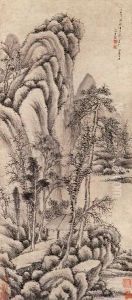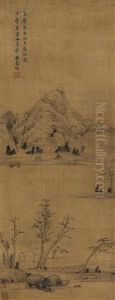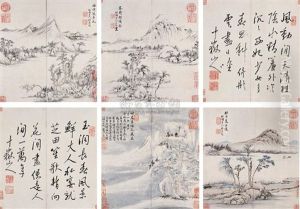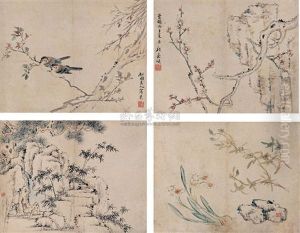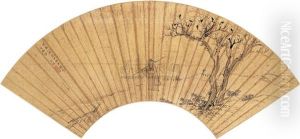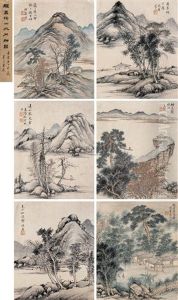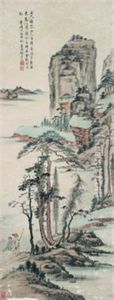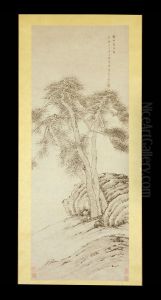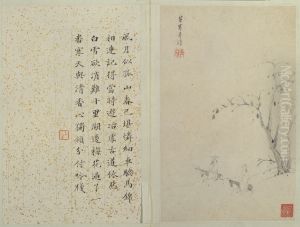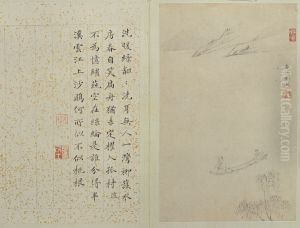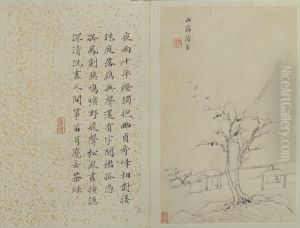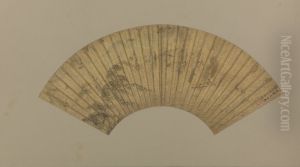Cheng Jiasui Paintings
Cheng Jiasui was a notable figure in the world of Chinese art, born in 1565 and passing away in 1643. His life spanned the late Ming dynasty, a period marked by significant cultural, social, and political changes which deeply influenced the artistic landscape of the time. Cheng was not only a painter but also a connoisseur and collector of art, embedding himself deeply within the intellectual and artistic circles of his era. His contributions to Chinese art are marked by his distinctive style and his role in the development of the literati painting tradition.
Cheng's artistic endeavors were deeply intertwined with his scholarly pursuits, embodying the ideal of the literati artist. These were scholars who were not professional artists but who painted as a form of personal expression and intellectual exploration. Cheng’s work often featured landscapes, which were imbued with a sense of personal emotion and philosophical depth, reflecting the literati belief in the moral and spiritual benefits of engaging with nature through art.
Besides his accomplishments in painting, Cheng Jiasui was known for his eloquence in poetry and calligraphy, aligning with the traditional Chinese belief in the unity of the 'Three Perfections' (painting, poetry, and calligraphy). His work and artistic philosophy influenced not only his contemporaries but also generations of artists after him, contributing to the enduring legacy of literati culture in China. Despite the political turmoil of his time, including the fall of the Ming dynasty and the subsequent rise of the Qing dynasty, Cheng's art remained a beacon of the enduring value of cultural and intellectual pursuits.
Cheng Jiasui’s legacy is preserved through his surviving works, which continue to be studied and admired for their elegance and depth. His life and art reflect the complexities of his times and the enduring power of artistic expression to convey profound personal and philosophical insights.
